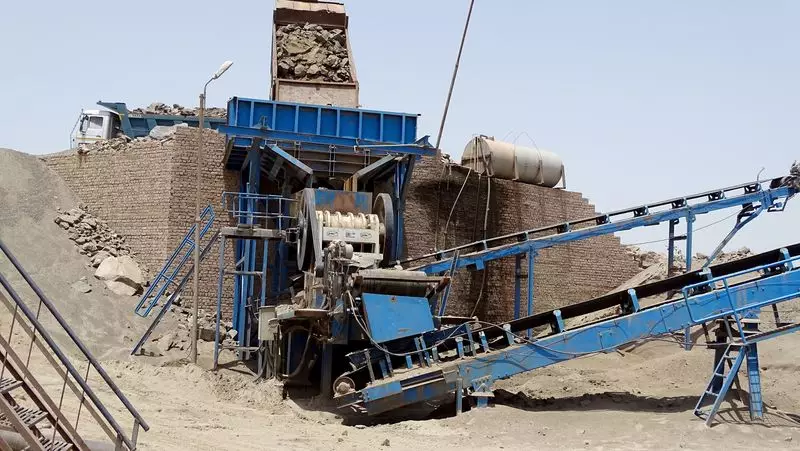
In a significant ruling that has sent ripples through India's corporate sector, the National Company Law Tribunal (NCLT) has officially directed the commencement of insolvency proceedings against Bhilai Jaypee Cement Limited. This development marks another chapter in the ongoing challenges facing the cement manufacturing industry and corporate debt resolution in the country.
The Mumbai bench of the NCLT delivered this decisive order, appointing an interim resolution professional to oversee the corporate insolvency resolution process. This legal action comes as a response to mounting financial pressures and unresolved debt obligations that have plagued the cement manufacturer.
The Corporate Insolvency Resolution Process
With the NCLT's ruling now in effect, Bhilai Jaypee Cement Limited will undergo a structured corporate insolvency resolution process designed to address its financial distress. The appointed resolution professional will assume control of the company's operations and assets, working toward a comprehensive solution that balances the interests of all stakeholders.
The initiation of insolvency proceedings represents a critical juncture for the company, which now faces a defined timeline to either restructure its operations, find new investors, or potentially face liquidation if no viable resolution emerges.
Industry Implications and Broader Context
This case emerges against the backdrop of India's evolving insolvency and bankruptcy framework, which has increasingly become the go-to mechanism for addressing corporate financial distress. The cement sector, being capital-intensive and closely tied to infrastructure development and real estate markets, has faced particular challenges in recent years.
The Bhilai Jaypee Cement situation reflects broader trends in the industry, where several manufacturers have struggled with debt burdens amid fluctuating demand and intense competition. This NCLT order serves as a reminder of the continuing pressure on corporate balance sheets within the sector.
What Comes Next?
The insolvency process will now unfold according to established legal protocols, with creditors expected to submit their claims and the resolution professional evaluating potential revival strategies. The outcome will be closely watched by industry observers, competitors, and financial institutions with exposure to the cement and construction sectors.
This development also highlights the critical role of the NCLT in India's corporate governance ecosystem, demonstrating the tribunal's increasing activity in addressing corporate financial distress through the mechanisms established under the Insolvency and Bankruptcy Code.





